What IS An Ethical/Reputable Breeder? Puppy Mills - Businesses who breed dogs many times during their lifespan, often in poor conditions, with little to no healthcare or affection. These dogs are bred in large numbers and the business usually breeds many different breeds of dogs. The only concern is profit. Backyard Breeders - People who breed their dog without following through the proper steps to ensure their dog is a good candidate for breeding and will produce offspring that contribute to bettering the breed or making good pets. Backyard breeders rarely do any health testing/genetic screening, won't take puppies back if needed, may breed their dogs excessively or just a single time and may stick to a single breed or a handful of breeds. Often breed to "make back the money they spent on their dog", "earn a little side cash", or because they feel like their dog really needs to have at least one litter of puppies (or that they just really want to see how their dog is as a mom or dad).
Ethical/Reputable Breeder Checklist Note that individual breeders vary and this is a general checklist. If the breeder you're looking into has more than a few exceptions from the following list however, we would recommend finding another breeder who will likely provide you with better puppies and more long term support.
How to Find an Ethical/Reputable Breeder
Once you have a potential breeder's info, get as much information about them online or from your source as possible. How much of it matches up with your list? If they fit most of the list, the next step is to contact them! Many breeders are somewhat busy and don't always respond right away. Give them a couple of business days and try again. If that doesn't work, switch to another method of communication. Maybe they're more responsive via Facebook messenger than email. For the record, I've NEVER had a pet professional get back to me when I've tried to contact them via an email form on their website. I wouldn't start there.
Conclusion It takes a little time and effort, but learning what to look for to find a good breeder can be so rewarding if you can manage to take home an amazing puppy from their incredible breeding program. These dogs are usually a joy to live and work with. A good breeder and breeding program can make all the difference. If you have any questions or if this seems overwhelming, please contact us and we'd be happy to help you get started with finding some options. Additional Resources Facebook Post
Copied from another breeder: POTENTIAL OWNER: How much is the puppy? BREEDER: $3,500 POTENTIAL OWNER: What?? It's way too expensive!! BREEDER: What do you think would be a good price? POTENTIAL OWNER: No more than $500. You breeders are so over priced. BREEDER: I am sorry you see it this way, why don't you try it yourself? POTENTIAL OWNER: But I've never done it! BREEDER: For FREE I can teach you how to do it, and in addition you will have the knowledge to do it again. POTENTIAL OWNER: Perfect, thank you! BREEDER: To start you will need a female(average cost $3000 and up). Also a male(average cost $3000 and up) or semen (average $1000 and up). You will need to show them to their championship to show they meet the breed standard(Minimal $2000 with travel & fees). You will need to do genetic & health testing on them, averages about $750 per dog. Raise and provide daily care, feeding & grooming for 2 years. (So minimal $150 per month) POTENTIAL OWNER: But I don't have that much money... BREEDER: For $500 you can raise a liter and then keep one of the puppies. Obviously, you will pay the cost of whelping & care. POTENTIAL OWNER: I can do that. BREEDER: OK so I have a female due to whelp in 2 weeks. You will need to be available 24/7 around the clock for at least 8 weeks to help with delivery and care. POTENTIAL OWNER: Eight weeks?? it's way too much time for me! I have to work. BREEDER: You will also need the reproductive vet to do xrays($200-$500), possibly progesterone testing($75-$250) & C-section($1000-$5000) and initial vet care on pups until old enough to be placed. Have on hand a scale, thermometer, latex gloves, sanitizer, absorbent tissues, scissors, hemostats, heating pad, whelping box, blankets, cleaning supplies, appropriate food with supplements for mothers, formula, medications & hand feeding supplies in case of emergency.... POTENTIAL OWNER: But I don't have all these things! BREEDER: For $1000 you can buy them. POTENTIAL OWNER: Ummm .... You know, I think it might be better if I just buy a puppy. BREEDER: Wise decision. For us breeders there are no vacations or holidays, while you go to visit with family & friends we are home at our dogs side caring for them. It is a no breaks commitment. THIS IS THE REALITY When you choose a professional you don't only pay for the puppy but also: Tools, knowledge, experience, love, time, sacrifices, etc.
1 Comment
Intro - You may skip to the next section if you just want to get to it. :) When I was younger - long before I had joined the dog training world - my sister and I wanted a dog. My dad didn't. We knew he was going to be a hard sell. But between my sister's cuteness and my "breed research" and charts detailing which dog would be best, how to train it and addressing all of my dad's primary concerns, we got a dog.
Somehow, we managed to talk our way into trying a second dog. This time, I really researched. My dad insisted on a small dog. I wanted a dog that was easier to train and would be able to go on walks and runs (my sister was very active). I found the rat terrier and it sounded like the perfect fit. It checked all of the boxes and was easier as a first time pet than many other terriers. Owner reviews were great.
Fast forward about 10 years and I was now well into my training career. I had worked with hundreds of dogs and many, many different breeds. One breed that stood out to me as one I wouldn't want to have based on my experience with dozens of members of that breed was the miniature schnauzer. They seem like sweethearts and I totally get the people who enjoy them as pets, but many of the ones I had worked with were very anxious, barky (oh that schnauzer bark), and they weren't very social with people or animals. One day, a client brought two mini schnauzers to my agility class. I immediately started thinking of modifications we could do to make things as easy as possible since these dogs probably wouldn't be very confident and I put them near a door so they could step into the hallway if the dogs started barking and needed a moment to settle. To my great surprise, these were the two best dogs in that class. They were confident, calm, ready to try anything we asked, ignored the other dogs (even the dogs who were struggling), and never barked once. I was shocked. I had never seen mini schnauzers behave like that - and these were young as well (I think one was a year and the other was a year and a half at that time). I asked their owner where she had gotten them from and she told me about this amazing breeder who did health testing, titled her dogs, selected for temperament, then had an entire socialization program she started with the puppies and had the new owners finish with their puppies at home. I knew about ethical breeders who did these things, but I didn't know until this moment, what a massive difference in behavior a good breeding program can make. Check out my blog post on How to Find a Good Breeder for more info. Breed Matters, BUT There's More You Need to Know Pure Bred vs Well Bred IF you have a reliable breeding program, temperament, health and structure will still show up as a bell curve. You're still going to have outliers in an established breeding program with championship lines. Some breeders have found ways to increase reliable results in one area, but that often increases flux in other areas. In lines that aren't well established, like backyard breeders and puppy mills (which btw is where all those pet store puppies come from), you may have a pure bred dog, but it's very unlikely to be a well bred dog. There's usually little, if any thought placed on temperament, health or structure, which leads to higher rates of behavior problems, health issues and structural issues like luxating patellas, arthritis or hip dysplasia. Backyard/puppy mill breeders also don't typically raise their puppies inside the home or have a solid socialization program to give the puppies and their owners the best possible start in life. See our blog post on socialization to learn what it is and why it's so important for a confident, well-adjusted adult dog. They also often use cheap vaccines/dewormers that haven't been stored properly, making them ineffective. Odds are good that if your breeder didn't take their puppies to the vet for treatments, you'll have to start all over when they come home with you. Working vs Pet lines Another consideration is what kind of lines are the breeder using? Are they focusing on dogs who are being bred to work? Or are they breeding lines that are a little more toned down to be better pets? There's a big different in temperament and energy levels of working line labradors (called field labs) and breeders who breed them specifically as pets. You can find amazing, ethical breeders for both types, but you want to make sure your breeder is breeding the type of lines that will fit your lifestyle best. Join breed specific groups and talk to reputable, ethical breeders if you have questions about what would be the best fit for you. It may turn out that another breed entirely would be a better fit. Mixed Breeds and Designer Dogs
Socialization Matters a LOT!!!!!
For the record, I've seen some dogs from amazing lines really struggle because they didn't get good socialization during their socialization window. I've also seen plenty of mixed breed and backyard bred dogs who are pretty rock solid behaviorally because they had amazing socialization experiences. It counts for a lot. Genetics, training, health, enrichment and environment make up the rest. If This Seems Overwhelming... Narrow down your breed options and contact a few breeders for that breed. Again, check out the blog on how to find a good breeder. Ask questions. A good breeder will expect you to vet them as much as they vet you. If they aren't a good fit, they should be able to recommend a breeder or another resource who is. Contact a trainer (hi). Many trainers are more than happy to help you find a good fit. We'd love to see you have a positive relationship with your dog and start off on the right note.
Helpful Tools Squirt bottle - filled with water is ok, filled with diluted vinegar is more effective. Treats - high value treats for the off leash dog and/or to reward/distract your dog. Pet Corrector/Air horn - you will need to desensitize your dog to the sound of this before using this on other dogs. Otherwise, you may build a fear response that your dog will associate with other dogs.
Pepper spray/gel - be aware there are some liability issues with this one if the spray/gel gets on another person (especially a child). I do prefer the gel because there is less back spray. Walking stick/tennis racket - or something long you can use as an extension of your arm. Taser walking stick/cattle prod - the vast majority of dogs won't need something this drastic and those that do may not be phased by it. You can certainly give it a shot if it helps you feel safer though. Some people have said that just the crackling sounds these make will scare off dogs. Muzzle - I'm a huge fan of muzzle-training for a variety of reasons, but using a muzzle kind of sucks in this regard. The reasons being - 1) if your dog has a bad experience while wearing a muzzle they might not like their muzzle anymore, 2) your dog is unable to defend themselves if they're attacked. While they shouldn't have to and you should be the advocate for your dog, things don't always work out that way. Imagine being attacked by someone with a knife while your hands were tied behind your back. Not fun. I'm bringing this up here though because you can use a muzzle as an effective management tool if done correctly and because if an off leash dog attacks your dog and is harmed, a judge is almost always going to side with the dog who was muzzled. Management Always be present and aware of your surroundings when out with your dog. Try to avoid blind corners or tight spaces where you'll be trapped. If needed, place your dog in a wait, then walk ahead of them to check to see if things are clear to move forward. Don't take your dog to places where other dogs are off leash. If you get to a park and you see off leash dogs, either politely ask the owner to leash their dog before you get your dog out of your car, or find a different park.
If you cannot physically manage your dog (they pull excessively on leash, they're reactive around other dogs, they like to chase people on bikes, etc) please seek professional help from a qualified dog trainer. Do NOT walk your dog by yourself. If you are like a few of our clients (or like Haylee) and just seem to run into off leash dogs wherever you go, take 1-2 extra people with you to help ward off other dogs. Learn dog body language. This is something you should learn if you have a dog anyway, but it's great to know what might be going on in an unknown dog's head as they approach you. Is their body language friendly and derpy? Is it stiff and intimidating? Are they locking eyes with your dog and barreling straight toward them? Are they coming 5 steps forward then 2 steps backward and repeating that pattern as they approach? What could this all mean? The more knowledge you have, the better equipped you'll be to deal with a variety of situations. Considerations How you manage an off leash dog and which tools you'll use each time will vary depending on each encounter. Unfortunately, you won't often be familiar with these dogs and their behaviors so you'll need to make snap decisions based on educated guesses and your gut. Sometimes you'll be wrong. The more you practice and learn about dog body language, breed tendencies and how your own dog responds to different types of dogs, the more often you'll be able to make the best decisions. One of the first things to note is the size of the dog. Size in no way determines behavior or likelihood for aggression, but size does mean they can probably inflict a lot more damage should they choose to. I'm less willing to mess around with larger dogs - especially more powerfully built dogs.
Is the dog likely to cause harm? This is a difficult question to answer, but you can make some educated guesses based on body language and breed. If the off leash dog is a terrier type or powerfully-built type, these dogs may not get along with other dogs as well. Many of the larger, powerful breeds were bred for independent work (not cooperative work with other dogs). Most terriers still think it's fun to kill small animals (which is what they were bred to do). This doesn't mean that every dog like this won't get along with other dogs or that dogs who don't fit into these categories can't be dog reactive/aggressive. Herding breeds are actually known for anxiety and reactivity when they don't have a job. Does the dog have loose, wriggly body language? Are they giving play signals like bowing, high-pitched barks, jumping, or other exaggerated movements? This dog is probably friendly. Does the dog have stiff movements, lowered head, hard stare, hackles up, teeth barred, stiffly wagging tail? This dog is probably scared, unsure or warning you/your dog to back off. What about your dog? Do they like other dogs? How do they respond to meeting other dogs? If they love everyone, you won't have to worry about many off leash dogs because many of them truly are derpy and friendly. You'll still want to avoid off leash encounters to teach your dog to focus on you when out and about and you'll still want to avoid the unfriendly off leash dogs. But less stress for you! Yay! If, like us, you have a dog who doesn't want to be best friends with everyone and is willing to throw down if another dog gets in their space for too long, you'll want to avoid encounters from ALL off leash dogs. Owners of off leash dogs aren't always around. Even if they are, you have to assume they'll be mostly useless in retrieving their dog before the dog gets to you. In our experience, less than 10% of the time have owners been able to recall their off leash dog away from us and our dogs. You'll have to decide to what extent you want to interact with off leash dog owners if they are present. ALWAYS advocate for you, your dog and/or your kids. We've found that being rude is seldom productive, but you can be kind and firmly hold your ground. Practice various scenarios and interactions in your head or with a partner so you're better prepared when they actually happen. Decide ahead of time whether you'd like to get away with minimal interaction, you'd like to kindly educate the person (who probably won't respond well) and give them a leash or if you're willing to try catching an off leash dog and calling animal control to come get it (once your dog is secure). Actions Here's a list of more common actions you can take, starting with less intrusive options and working up to more intrusive and aversive options. Again, you'll need to decide which tools to use and which you're more comfortable using depending on each situation and the needs of your own dog. 1. Use your most authoritative voice to loudly back them off. Take a purposeful step toward them and yell "Go home", "Back off", "No!", "Eh! Eh!" or whatever makes you feel the most confident. Let them know you aren't happy about them being here and you mean business.
4. Startle them away with a can of Pet Corrector, an airhorn or a rapid-open umbrella. Pet Corrector (or similar products) are very portable and effective at startling strange animals. Note that if the dog recovers fairly quickly after being startled, the approach probably won't work again. Switch to something else. 5. Use a walking stick/tennis racket as an extension of your arm to ward them off or swing at them. It's often helpful to combine this with step 1. You can also pick up a rock and throw it near the dog, or pretend like you're going to throw it if you don't have one. Most dogs recognize what it looks like when you're about to throw something. 6. Some people swear by taser walking sticks or cattle prods since these are longer and cause brief, but intense, amounts of pain. A few people have mentioned that just the crackling noise they make once you activate them will scare off some dogs. These can be great for personal protection as well, but they're more expensive and awkward to carry around. I would try other options before this one. 7. Pepper gel/spray or bear spray is another option that's ready available and portable. As mentioned above, you have to be somewhat careful about liability with the spray and it can cause permanent damage. I would use this as a last defense and even then, try to aim for the front feet/legs if possible. You may need to try multiple things before convincing an off leash dog to leave. Or, you may find a combination of things is more effective for some dogs. Whatever you decide to use, always practice going through the motions with and without your dog. If you have a carabiner at the end of your dogs' leash and you're alone, use that to clip them to a nearby fence or quickly wrap them around a nearby object to secure them so you can focus solely on the off leash dog. Ideally, you would also be working on teaching your dog a rock solid stay so you can just place them in a stay behind you while you deal with any off leash dogs for them. You can also walk them back to your home, your car or a fenced yard. If you feel so inclined and once your dog is secured, you can use a slip lead (keep one in your car or in your treat pouch/pocket) to try to catch the off leash dog. Note that catching an unknown dog comes with liability - they may bite/scratch, carry disease or parasites and/or the owner might get mad at you for catching their dog for them. Unless you feel confident in your dog-handling skills and you're willing to accept the risk of disease and parasites, don't attempt to catch an off leash dog. If you do catch an off leash dog, you can try to locate the owner and return the dog or call animal control or your local non-emergency police dispatch. If your dog has a history of getting into scuffles/fights with other dogs, especially if they have a bite history, consider teaching them to wear a properly fitted muzzle on walks. This reduces your liability and can increase your confidence, knowing your dog is less likely to harm others. If you choose this route, you must be able to advocate for your dog and handle off leash encounters (or on leash encounters) for them. We highly recommend walking with a friend to help you. This Facebook group is a great resource if you're new to muzzles and need help finding and sizing the right one for your dog. If All Else Fails So what happens if nothing works and the off leash dog gets to your dog? Don't panic. Many times you can get out of it without any altercation still. 1. Immediately relax your dog's leash if there's any tension on it. Drop the leash entirely if your dog isn't a flight risk. Dogs do much better greeting other dogs when they can move around freely and use natural body language to communicate intentions. 2. Breathe. Is the owner of the other dog nearby? Call them over. If you can't spot them and there are people nearby, loudly ask "Can I get help with this dog?". If no one's around, go to step 3.
4. Once you've put some distance between you and the off-leash dog repeat the Action steps for off leash dogs as necessary until you're safe or until the owner secures their off leash dog. If at any point a scuffle (I call them yelling matches because they're loud and scary but usually don't result in injuries) or a fight breaks out, see the Fight Protocol blog post - or contact us and we'll send you a handout. Rarely, but it does happen, there are dogs who are so intent on doing harm that very little will deter them some of these tools make even increase aggression. The odds of running into one of these dogs are small, but not zero. If you encounter one of these, scream for help and do what you need to do to protect yourself and your dog. Check your local laws on what your options are to protect yourself from off leash dogs. In many areas, lethal force is allowed. How to Make a Change
Conclusion
Flexi leads are well known for increasing or causing problem behaviors, snapping under tension, causing burns/lacerations and otherwise malfunctioning at the worst possible moment. Your best bet if you have one is to toss it and learn to use a long line and harness instead (which we'll be happy to teach you and your dog how to use if you'd like). But my dog is friendly and loves everyone. Why can't they be off leash? We love that your dog has an outgoing personality. Unfortunately, not every other dog does. Just like people, dogs have a range of personalities and interaction histories. If your dog accidentally runs up to another dog who hasn't had great experiences with other dogs and may think they need to fight for their life, this could end very badly for both dogs. Even if no physical damage is done from an altercation, one or both dogs can come away with multiple behavior problems. These can escalate over time, especially with multiple incidents. Not all people love dogs either. Some are allergic and can't interact with animals safely. Others have trauma and are fearful of animals. And others are just horrible people who hate animals. Just kidding. But for real, it's rude to let your dog run to random people and except everyone to love attention from your dog. For people and dogs who have past trauma with other dogs, just seeing an off leash dog can be trigger. Be mindful that public spaces are there for everyone to enjoy and leashing your dog is the law in those spaces. If there are others around, your off-leash dog may be causing them to feel unsafe. I know we sound like sticks in the mud, but we both love animals and chose to work with them professionally. We both still have some anxiety around off-leash dogs because between the two of us, we've had these experiences from off-leash dogs (as children and adults): - 1 bite to the face - 2 cats killed - 1 bunny killed - chased multiple times when on walk with a toddler - both rushed too many times to count when walking personal and client dogs My dog is really well trained. Why can't they be off leash?
We see this a fair amount. We've seen dogs on all sorts of training tools fail to understand and bolt over to something more exciting (like another dog, a duck pond, someone on a bike, etc). We've seen dogs from other trainers do this. We've seen dogs who have obedience titles do this. There's another part of the equation. To quote a friend, "dogs are basically toddlers with superpowers." You can't always expect them to make the best choices. Even if you've done the work with them. Also, dogs have off/bad days just like people do. Unless you're really tuned into your dog and reading their signals, you may not know if they're capable of the same behaviors, decisions and impulse control they were yesterday. There's no one else nearby and my dog is focused on their toy. Why can't they be off leash?
Why don't people just keep their aggressive dogs at home so everyone else can enjoy places with their dogs off leash then? We get this attitude and mentality a lot. It's a good question with a complicated answer having to do with why dogs are no longer as dog social and dog tolerant as they once were. Gone are the days when people let their family dog out loose to roam the city with other family dogs each day. Our culture and habits have changed and that has effected our canine companions. It would be interesting to go back and study canine behavior and social patterns during those times for sure. But I digress. Today, less than 10% of dogs are truly dog social. Maybe another 40% are dog tolerant. Meaning about 10% of dogs are social butterfly who love almost all dogs and about 40% of dogs tolerate most dogs but would probably be happier doing something else. The rest are either dog selective (which we are seeing more and more of) or dog aggressive (which is not super well-named because it's misleading, but we'll go with that for now). That means that according to today's numbers, HALF of all pet dogs would never be allowed to enjoy public spaces and another 40% would much rather enjoy those public spaces without being constantly pestered by strange dogs. Only 10% would love to run around free and say hi to all the dogs. That's not going to work is it? It's much easier to be considerate and accommodate the needs of the majority of dogs AND people who would enjoy boundaries and consensual interactions.
There are leash laws in most parts of the US and in many other parts of the world as well. Those leash laws, whether you agree with them or not, are there for the collective safety of everyone. Unfortunately, not every dog is dog friendly. Even if yours is, the dog on leash that your dog runs up to may not be. Many children (and full grown adults we might add) don't know how to behave around dogs and can easily contribute to behavior problems and escalating situations. Many dogs simply don't have enough experience and training to make good decisions out in public (or often at home either).
However, there continues to be an epidemic of people who let their dogs off-leash. If you fit into the category of dog owners who feels strongly about needing to take their dog off-leash in leash law areas, first - we DO NOT condone this - there are other ways and places to give your dog the enrichment they need second - if you MUST, at least do so with a solid set of safety parameters in place to prevent as many incidents as possible. Off Leash Safety Rules 1. Do not take your dog off leash if they don't have a solid recall (Come cue) in all locations and contexts. 2. Do not let your dog off leash if they don't have a solid leave-it cue in all locations and with all objects (greatly preferred they also know this cue with other animals and people). Leave-it DOES NOT mean leave it alone until mom/dad gets distracted and then I'll try again. If your dog continues to try to get to something they've been told to leave, leash them immediately. 3. Don't let your dog run up to unknown dogs and people. Just as you wouldn't run up to random dogs and strangers or let your kids run up to random dogs and strangers, don't let your dog either. It's rude without asking first. Some people are scared of dogs. Some dogs are scared of other dogs. Honestly, it's safer for your dog and better for your bond with your dog to not let them greet other dogs and people without a purpose. 4. Do not take your dog off leash if there are other unknown dogs within sight. I know. It's annoying. But this is a huge one. We've worked with so many clients that have massive behavior issues, trauma and vet bills that could have been avoided if this had been followed. I can't tell you how many times we've had dogs charge our personal dogs, client dogs and classes from across an entire park once they spotted us. 5. If you're going to take your attention off your dog to talk with a friend, work with another dog, pick up your phone, etc, your dog goes back on leash. 6. Always have a leash, treats and/or toys on you! This sounds like a no-brainer, but it's insane how many people we've had to give a leash to because they didn't have one. It's insane how many people have no game plan to get their dog back if they decide to run off. Make sure you have something your dog really likes and see rule 1. But also, dogs aren't robots and you can't train 100% for every context. Odds are decent that even a well-trained dog will eventually find something more interesting than you. Always have a back-up plan and never get cocky. 7. Don't let your dog off leash around large groups of people, lots of kids or playgrounds. Again, I know. Your dog may love people, but the risk for trigger-stacking is way too high and liability skyrockets around kids. And honestly, our experience training service dogs out in public is that a lot of people just aren't trustworthy around dogs. It's easier to advocate for your dog and keep them safely out of trouble if they're leashed and next to you. We hope this helps create a safer environment for people and their dogs. As always, we are open to answering questions and would love to chat with you!
Ok, so first off, if you’ve already tried looking for help for your pet and you’ve had a bad experience – I am so sorry. You are doing the right thing by trying to find better care for your pet. You are being a responsible pet owner by educating yourself and trying to build a better life for them and a better relationship between you and your pet. We absolutely commend those efforts here. We believe strongly in “You don’t know what you don’t know and when you know better, you do better.” Except we’ve tweaked that last part to “As you CAN do better, do better.”
Bare Minimum
Better:
Ideal:
Some of these things may sound daunting, or undoable at the moment. That’s ok. That’s where most people start. We don’t expect you to do all the things all at once. Just make the changes when you can. If you feel completely over your head with even the basics, try asking friends or family for help, or asking online if someone is able to help you out (many people are open to trading pet care).
Questionable Sources:
Better Sources:
When it seems like your training isn’t working, your dog isn’t getting the concepts and/or training is frustrating instead of fun, check out the troubleshooting items below:
Don't forget to reference the Human Hierarchy for help with which tools to use and when! If you need help or have questions, please contact us. We're more than happy to help and we offer online lessons as well!
Heat cycles are made up of 4 main stages – Proestrus, Estrus, Diestrus and Anestrus. The main phase of the heat cycle typically lasts 20-30 days, but depends on each individual dog. First cycles are often less intense than following cycles. Proestrus starts with swelling of the vulva and red/bloody discharge. How much will depend on your dog’s breed, size and individual body. Larger dogs can bleed more than smaller dogs. This phase usually lasts around 7-10 days. Diestrus is the period of rest after Estrus. There may or may not be additional swelling of the vulva and discharge. This phase often lasts 7-10 days (or longer if she becomes pregnant). Anestrus is the final phase and is the period of time between heat cycles. This can last anywhere from 5-9 months. During this phase your dog should have no swelling (although nipples may become a little larger after the first heat) and no discharge. You can help your dog by continuing all of their normal activities, providing additional walks and enrichment, adding absorbent cloth materials to their bedding and ensuring they are closely supervised with all dogs during their heat cycle. Even neutered males may give unwanted attention and though rare, may cause injuries through attempted mating. You will need to take a break from taking your dog to dog facilities (other than the vet if needed), dog parks and off-leash dog trails. She should NOT be around un-neutered male dogs during this time.
Your dog’s behavior will likely change during her cycle. She may become more aloof, more cuddly, want to play with other dogs, want nothing to do with other dogs, more whiny, restless, snippy or have a variety of other behavior changes. Remember, physical health affects behavior! For more information about the heat cycle, consult with your vet and/or find some good breeders to talk with about their experiences. Personally, I've found it more informative and helpful to listen to/chat with seasoned, ethical dog breeders. It's been fascinating to learn their stories and see how different each of their breeds and individual dogs behave and go through their cycles.
You should also educate yourself on the risks and benefits of keeping an in-tact dog and if that's something you are up for and responsibly able to do. Your pets’ enrichment wheel will depend on their individual personality first and foremost, species and breed (if applicable). For example, if you have a pet rat, their wheel would consist of things like foraging for food and water, social play, lots of grooming (both singular and allogrooming – social grooming), lots of chewing, building nests, finding shelter, sleeping, etc. If you have a border collie, their wheel would probably consist of thing like smelling, herding behaviors (chase, stalk, circle, nip), lots of brain games, foraging for food and water, lots of walking/running, sleep, social play (often with a human, but many individuals have friends with other animals), etc. When all of your pets’ enrichment needs are met, you’ll probably find that most of their behaviors you object to seem to melt away. This is because when they are mentally and physically enriched, they aren’t looking for other ways to meet those needs. If appropriate chews are provided for them that they like AND they’ve received reinforcement for chewing on those, they have no reason to chew on your shoes, or your table. If they’ve been given appropriate height and material scratching areas in places where they feel safe using them (often next to places they’ve already been scratching), they have no reason to scratch your couch.
So what exactly is Enrichment? As stated above, it’s different for each individual and species, but let’s go through a more typical example of an enrichment wheel for a dog. These are options to choose from and you don’t need to do every thing every day. The average dog needs about 2 hours of activity a day. You’ll need to play around with things and figure out what works best for your dog. Note that mental exercise usually tires a dog out 4x faster than physical exercise but is NOT a replacement for physical exercise. Physical
Emotional
Instinctual
All of this must be done with the dog choosing to participate. If the dog is given no choice, this is not enrichment. This is forced interaction and will likely become flooding, which can lead to learned helplessness – the opposite of what we wish to accomplish through an enrichment program. Start with 2-3 of these activities each day and build from there. See what your dog likes and change up the activities each day to keep things interesting. For different species, research your species and based on what your individual pet likes, create a similar enrichment list. If you have any questions, please contact us and we’d be happy to help! Additional, amazing resources: Canine Enrichment for the Real World by Allie Bender and Emily Strong Facebook group – Canine Enrichment (mostly foraging ideas, but still good info) Facebook group – Canine Enrichment Ideas (mostly foraging ideas but still good info)
Let's continue what to look for when finding an ethical, skilled dog trainer with an up-to-date tool kit. In part 2 we'll discuss the red flags (bad), the green flags (good) and other considerations to think about. Quick Test There are competent and knowledgeable trainers across different disciplines of training just as there are incompetent and uneducated trainers across different disciplines. If you want to quickly figure out if the trainer you're talking to knows their basics, ask them to explain the difference between positive reinforcement, positive punishment, negative reinforcement and negative punishment. These are the 4 quadrants of behavior and every trainer should know what they are, an example of each and when it's important to purposely utilize which quadrants. Ready for your cheat sheet? It's super easy. Positive means you add something. Negative means you take something away. Reinforcement means you increase a behavior. Punishment means you decrease a behavior. That's it. Examples: Positive Reinforcement - you give your dog a treat for sitting, which causes them to sit more often because something good happened when they sat. Negative Reinforcement - removing a stimulus your dog doesn't like from their environment (like a vacuum cleaner or a dog across the street) when your dog turns their attention to you. Positive Punishment - you say "ah ah!" when your dog (who has a good history of leaving food alone and is sensitive to verbal corrections) tries to take food from a table. Negative Punishment - you leave the room when your dog jumps on you. Red Flags
- When they use the same tools and exercises for every dog they work with. This doesn’t include safety gear like your basic leash and collar or food rewards. But if they put every dog into a board and train regardless of personality or background, they use an e-collar for every dog they work with, they use a clicker for every dog they work with, etc. They should consult with you about your dog’s history, your preferences, then make a personalized plan. - If they use tools that have a high likelihood of being aversive, causing a stress response and creating additional physical/emotional damage to dogs, they better have a dang good reason. These tools include physical corrections, e-collars, choke collars and prong collars, but this can include anything that your dog finds aversive. Even food rewards can be used in an abusive manner. For the record, the majority of trainers who use these tools because they genuinely want to help and create positive outcomes. They just might not have as big a toolbox as other trainers who dedicate more time and effort to productively honing their craft with updated methods and techniques. They’re doing the best they can with the information they have.
- Similarly, trainers who seem to offer every service. Ever heard the phrase “Jack of all trades – Master of none.”? If they focus on too many things (basic obedience, reactivity, agility, bitework/protection, trick training, search and rescue, service dogs, etc.), they aren’t going to get really good at any of those. Unless it’s a really large training company with a lot of different trainers who each focus on a few areas, you’re not going to get the most knowledgeable service. I personally know trainers who'll often only spend a few days/weeks learning a new skill before offering those to the public. In some cases, like a technique for loose leash walking, to get better attention or a training game, that's fine. But for an entire branch of training, like any dog sports, service dog work, competition scent-work, etc, these skills take much longer to learn and years to master. - If they don’t have a contract and don’t take any form of client history about your dog. It’s a sign that they aren’t legally organized, which means less protection for you. They may not have insurance or have their business license. If they aren’t taking client history, they don’t have the information needed to better build a custom training plan (for private lessons). - Really low pricing. Unless they’re running a massive promo and/or they’re getting some other value from you, if they’re charging less than $70 a session, there’s a reason. It’s probably because they’re a hobby trainer who has minimal experience and education, probably no license, probably no liability/business insurance, might not have a business set up or registered, and might make all of your problems worse. You get what you pay for. Green Flags - They use terms like positive reinforcement, science-based, fear-free, and LIMA (least intrusive, minimally aversive). Although you do still need to be careful, because again, these are marketing terms and aren’t regulated. Anyone can use them and not actually use those methods. I know trainers who claim to use LIMA methods who actually use pretty outdated and stressful methods. Positive reinforcement in particular is a huge marketing buzzword right now and a lot of trainers will use positive reinforce one second, then use a harsh correction the next second. This is extremely confusing and stressful for your dog.
- They ask you lots of questions and ask you to participate in the training process as much as possible. They also ask for your consent and read your dogs’ body language to make sure they’re comfortable. They stop if your dog shows signs of stress or anxiety. They listen to your concerns and modify the training plan to meet your needs. - They don’t typically badmouth other trainers and they don’t often have videos of dogs who are stressed, reactive, showing signs of fear, aggression, etc. Their goal is to never get the dog in those states of mind and to keep the dog as happy and stress-free as possible. Real, ethical dog training is fairly boring to watch. It doesn’t make for good TV (which is why you don’t see science-based trainers with TV shows).
- They don’t make time-based or behavior-based guarantees. The reason for this is each dog is an individual and will behave differently and take different amounts of time than another individual to get from point A to point B. Putting a time limit on behavior puts a lot of pressure on the trainer and the dog and turns the process into an aversive experience for everyone involved. It’s setting everyone up for failure. Guaranteeing behaviors of a living animal is risky at best. Guaranteeing the behavior of a live animal that doesn’t live with you where you can manage their enrichment, day-to-day training and interactions with other people and animals is impossible. There are far too many variables. We cannot and would not control the behavior of others just to make a silly marketing guarantee. Other Considerations - Reviews don’t mean what you think they mean. I mean this with all the love in the world for dog owners – many dog owners haven’t learned to read their own dogs’ body language or interpret what their dog is trying to tell them. Many dog owners seem to think the easiest solution is the best solution. Many dog owners also just buy into whatever any dog trainer tells them, without looking at the whole picture. And a whole ton more dog owners don’t feel comfortable for various reasons leaving honest reviews of bad experiences. There are also a number of ways to collect lots of non-authentic 5-star ratings. All of this adds up to a decent number of companies that have just the worst training methods, ethics, customer service, etc (I mean, I can tell you some stories, and not just about dog training companies) that have dozens to hundreds of 5 star reviews. The best thing to do with reviews is to look at the owner responses to the negative reviews. That will tell you a lot more about the business than the reviews will. You can also ask trusted friends and family members about their experiences.
- Similar to reviews, just because a trainer has a large following, travels to lecture, gives lots of workshops or charges sky-high pricing, does NOT necessarily mean they’re a skilled trainer. They may just have good people skills. There are also some amazing dog trainers who can train circles around a lot of the more popular trainers who don’t have any following yet because they don’t know how to market themselves.
|
Kat & Haylee
Just a couple of animal geeks trying to make the world a better place. Archives
February 2023
Categories
All
|
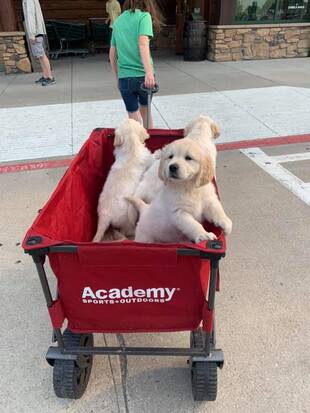


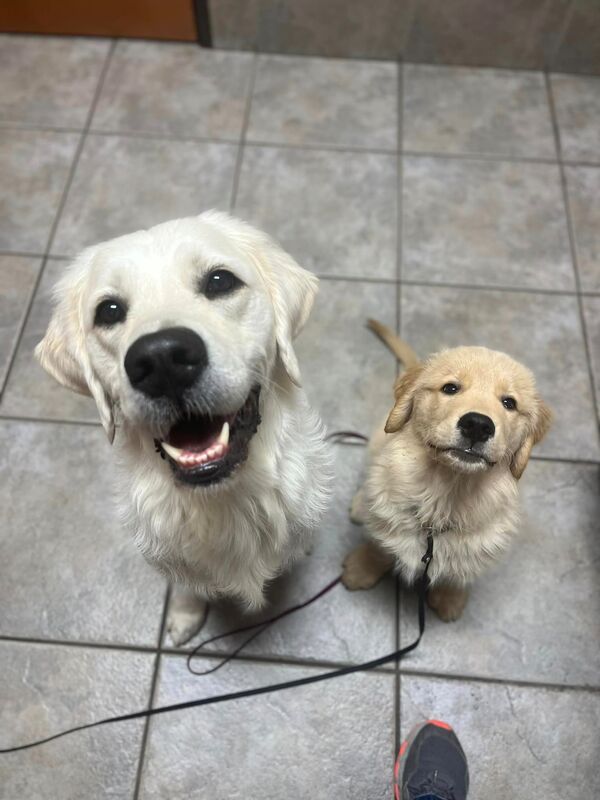
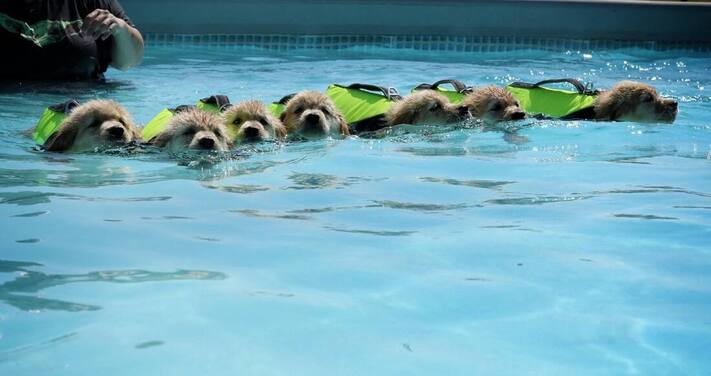
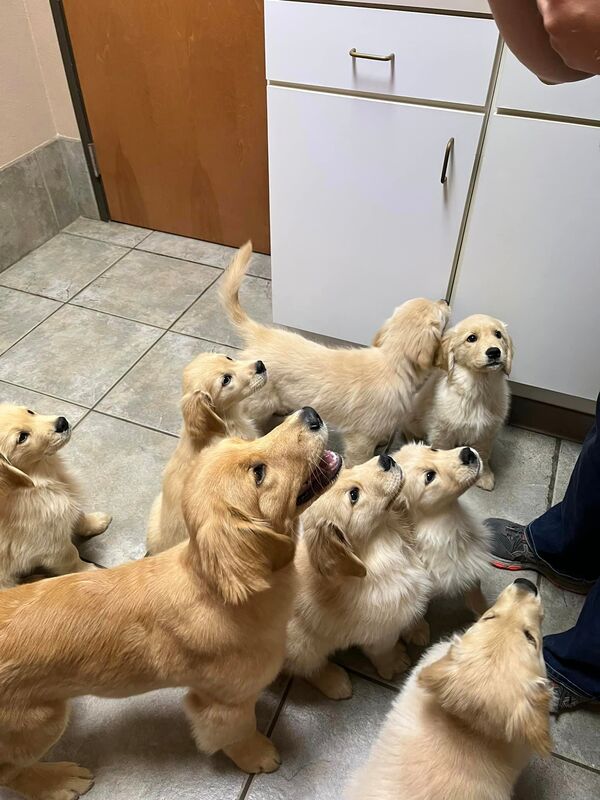
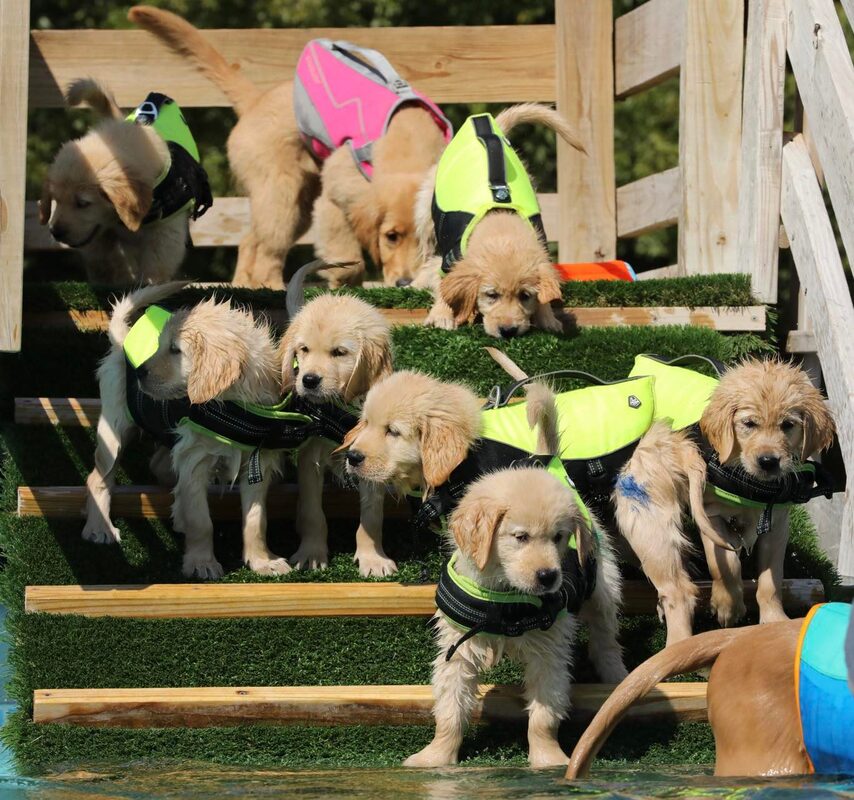
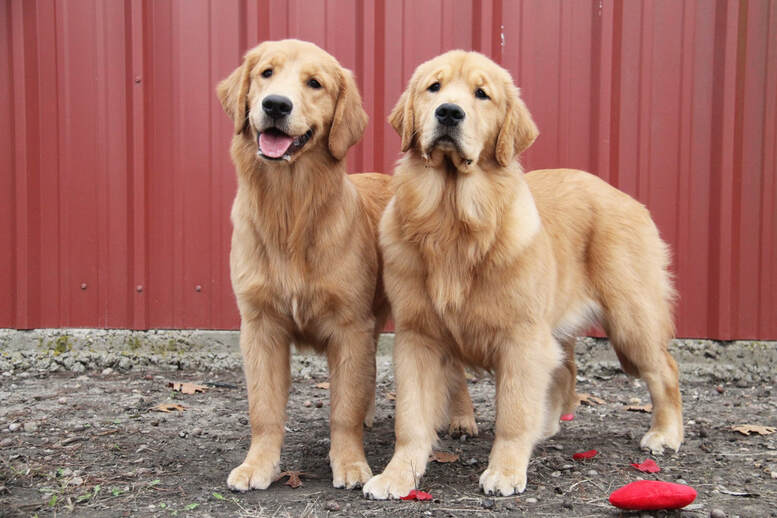
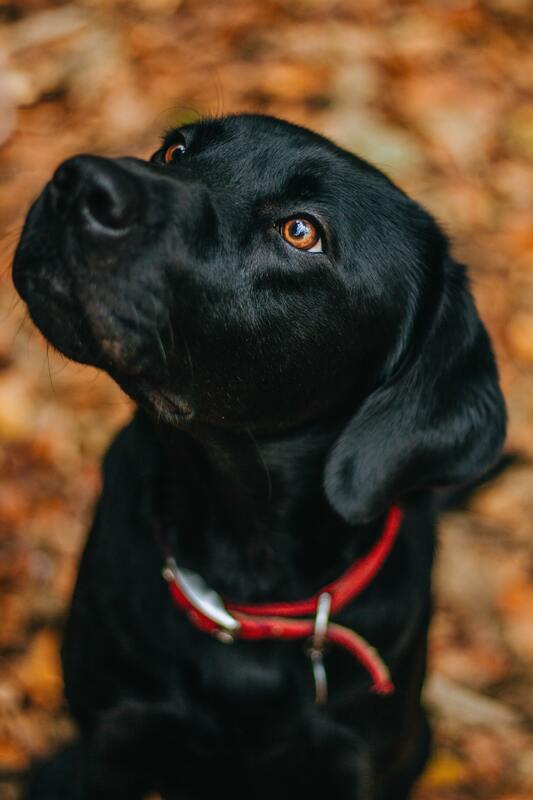
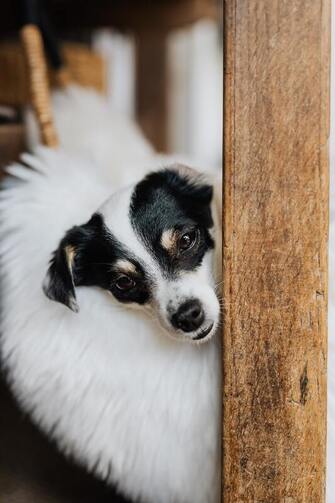
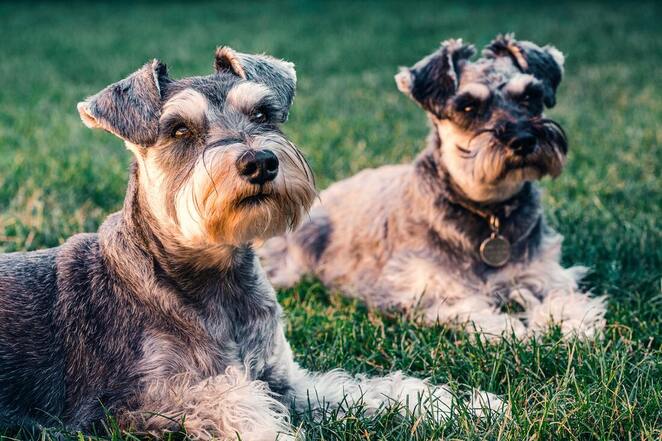

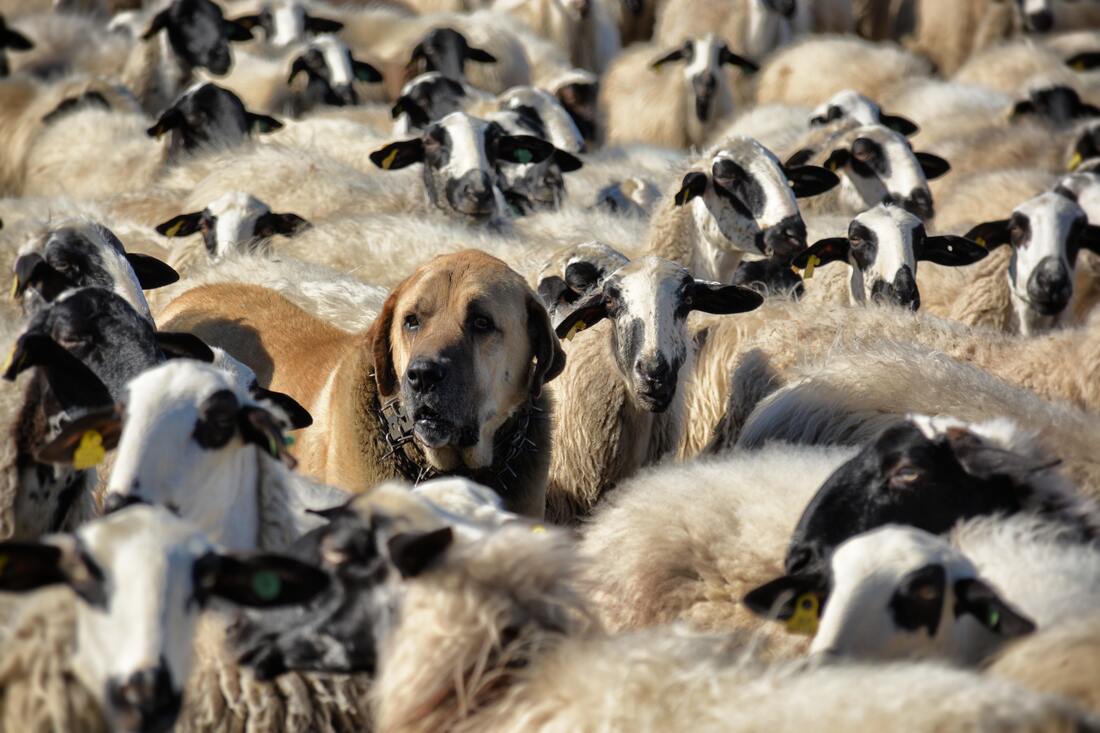

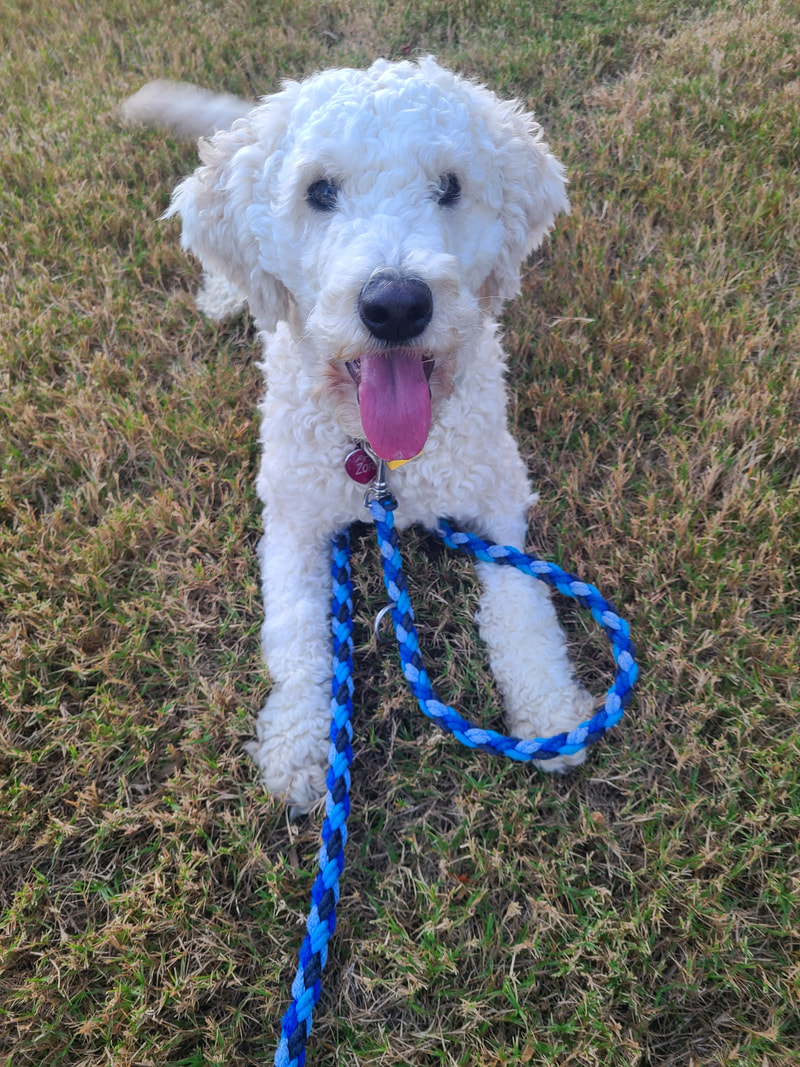
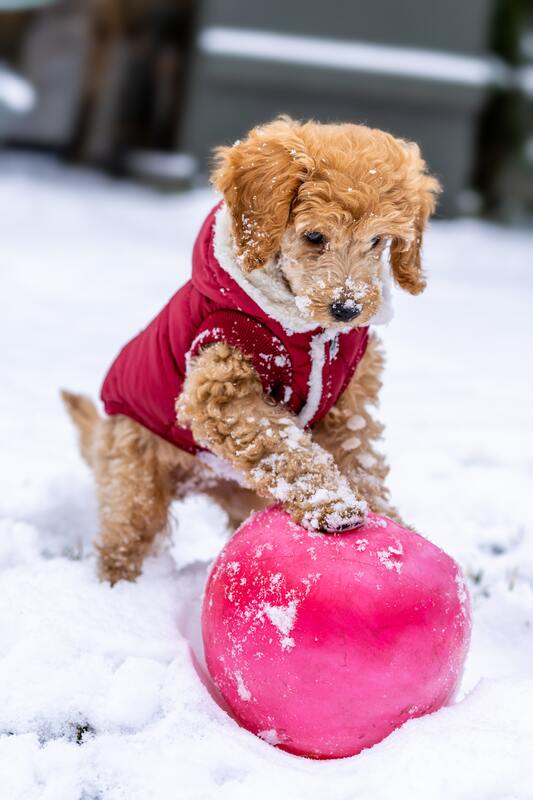

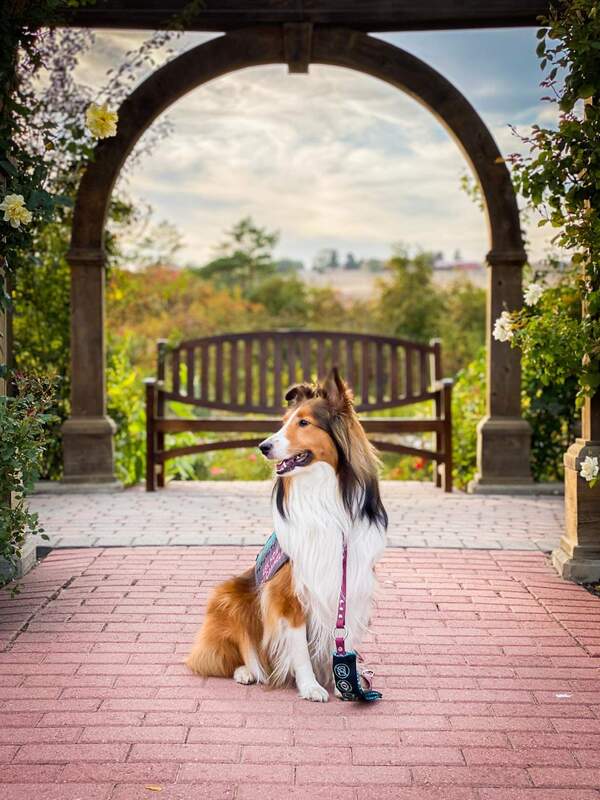
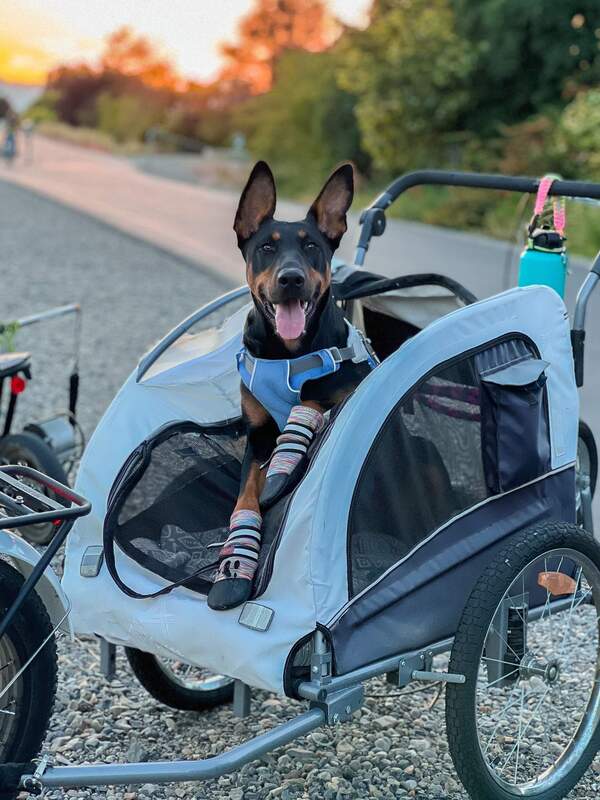
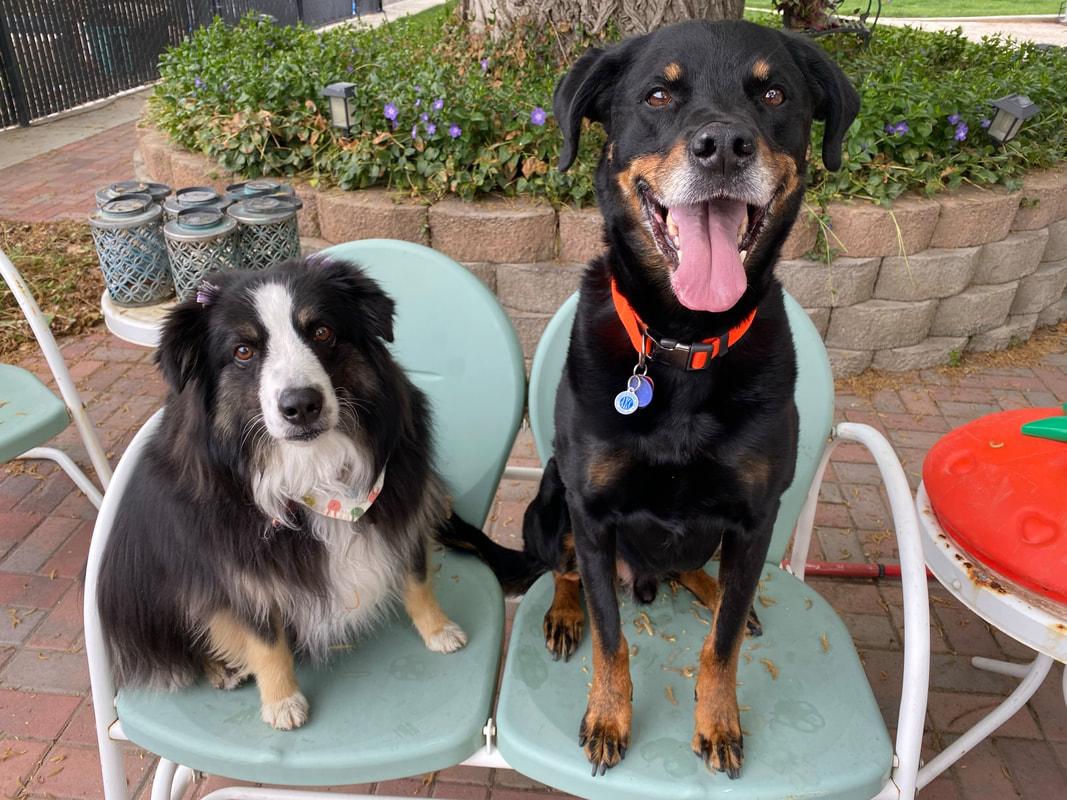
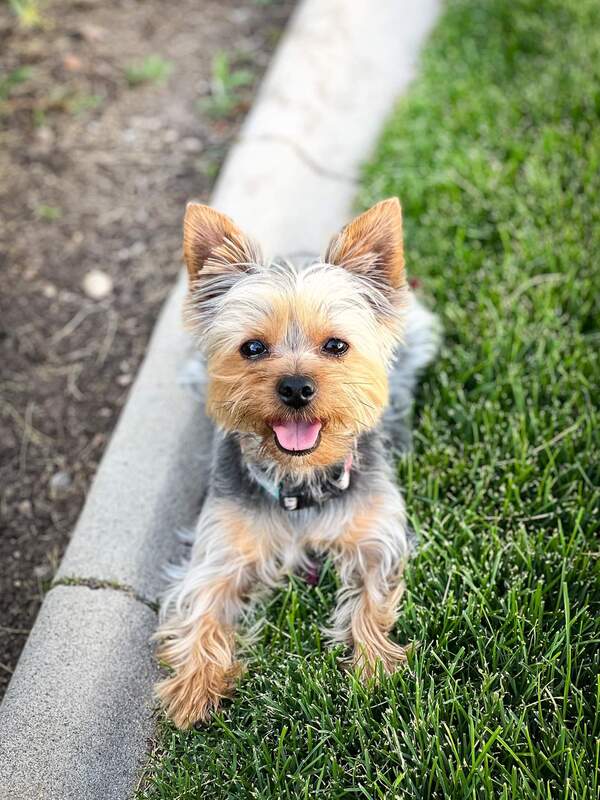
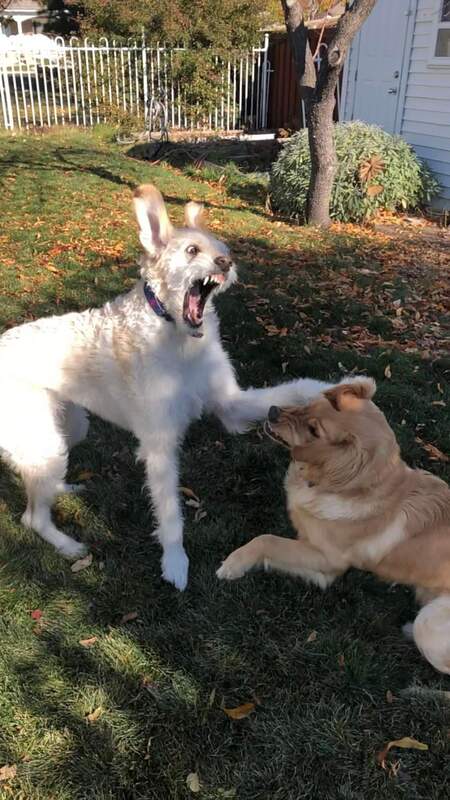
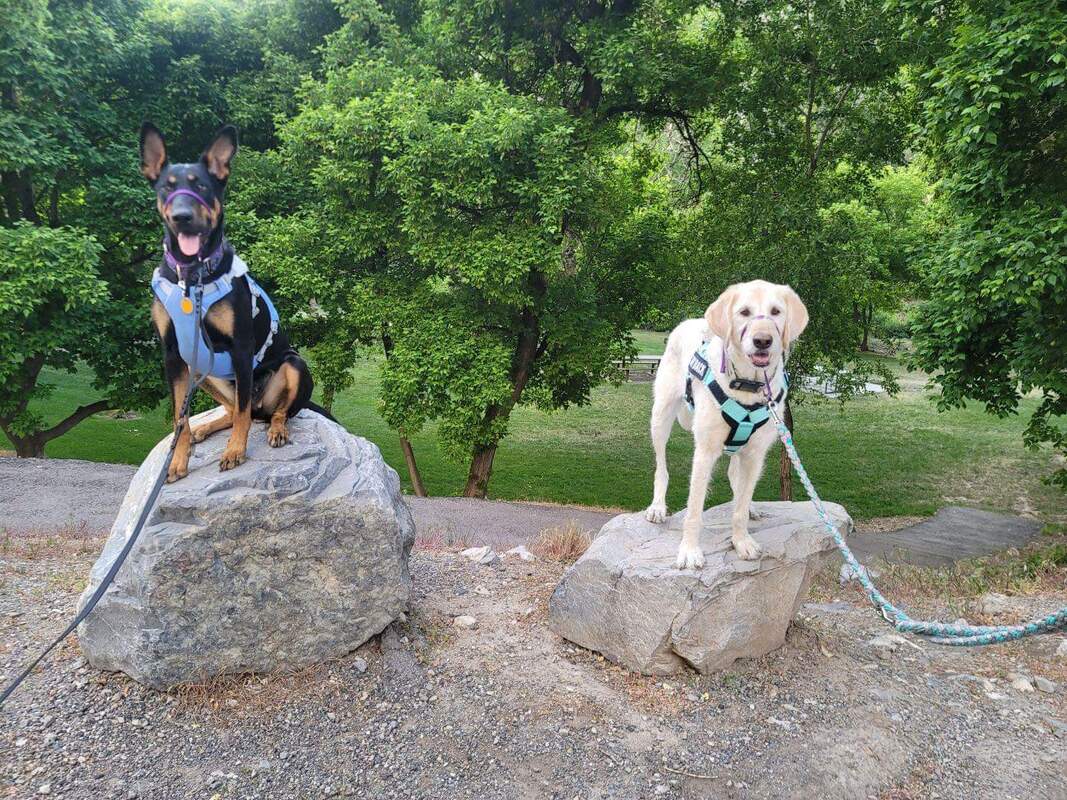
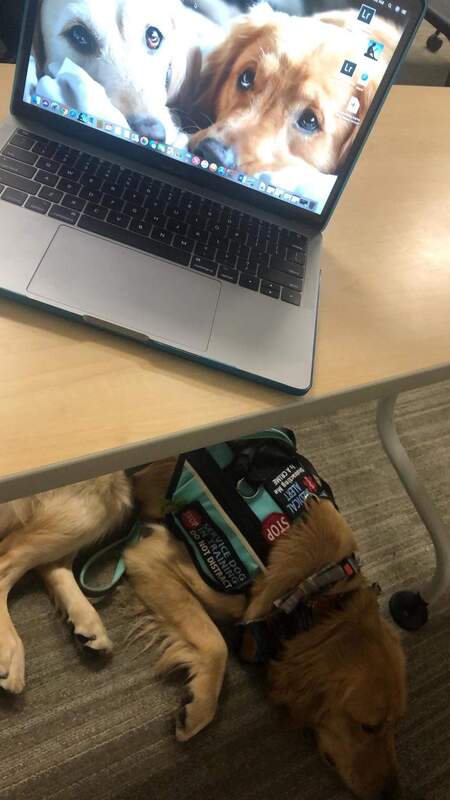
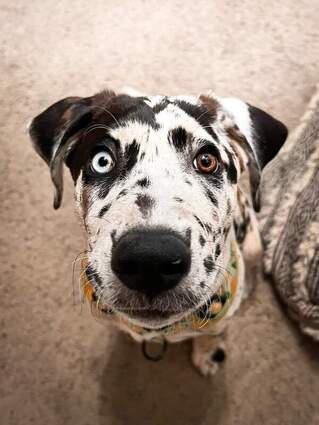
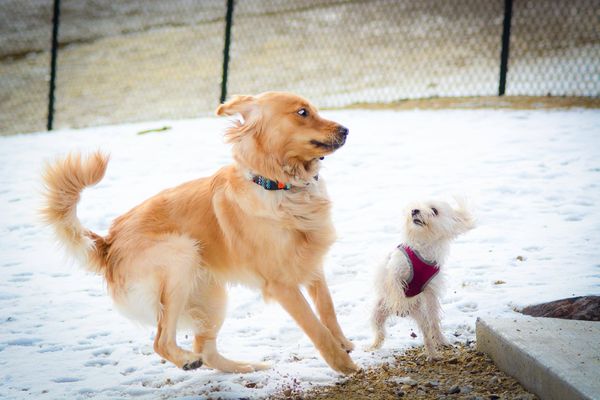
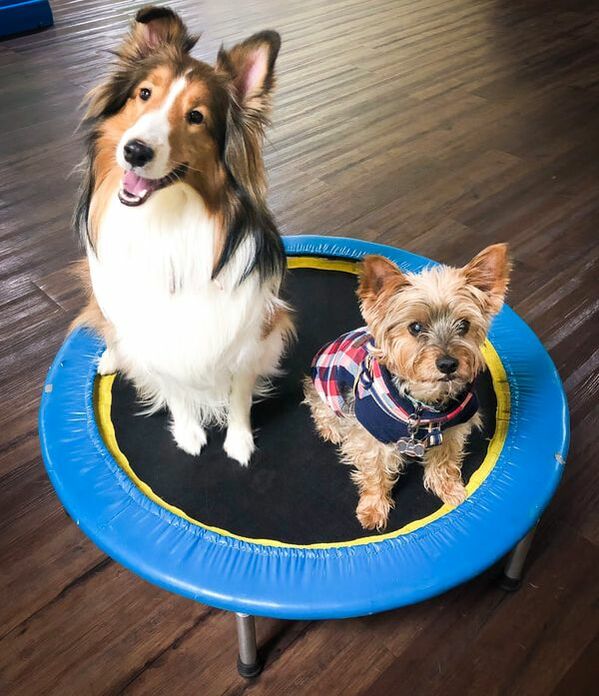
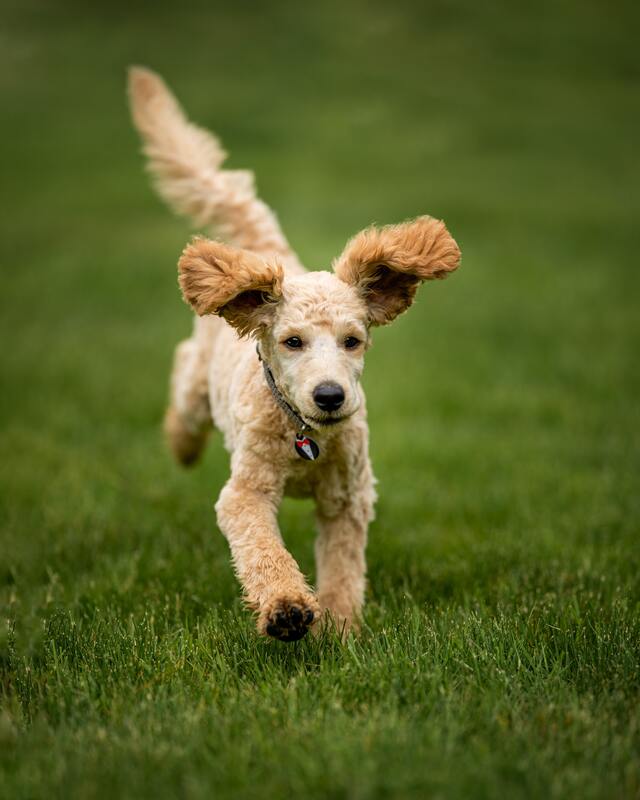
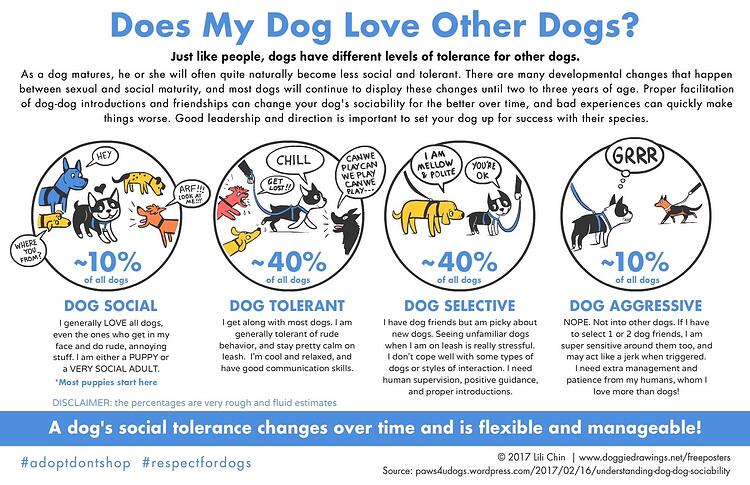

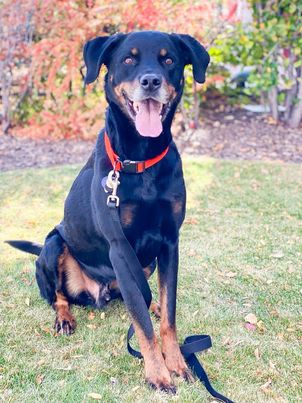
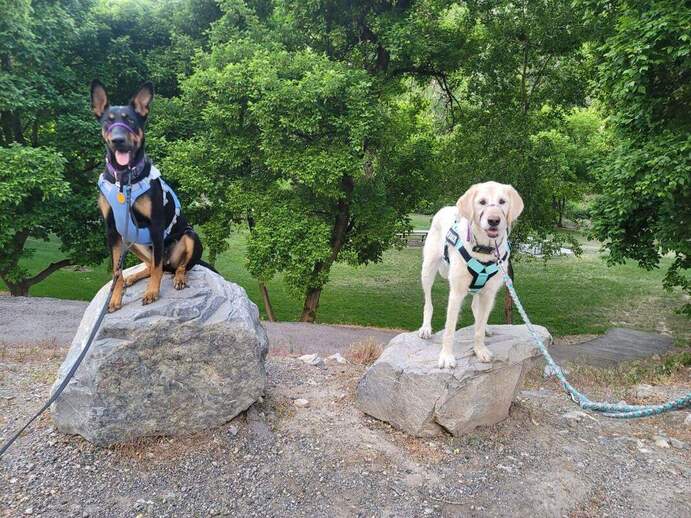
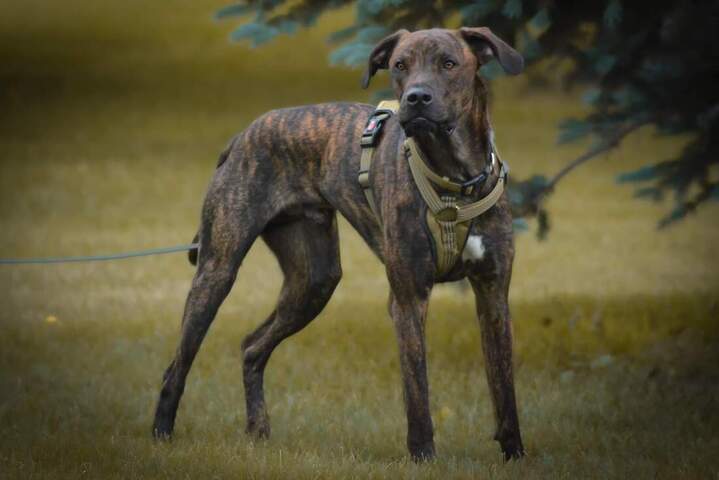




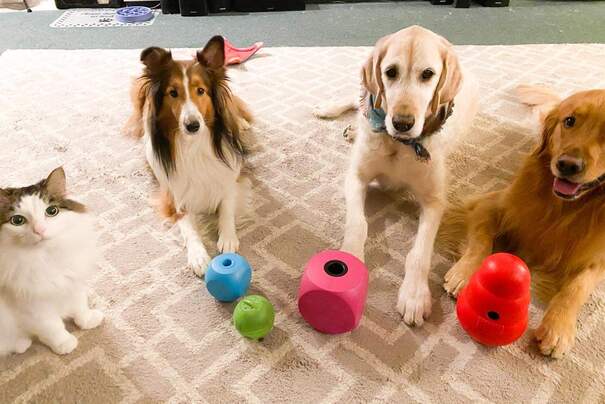
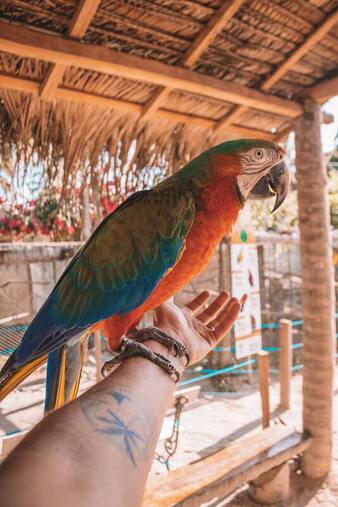
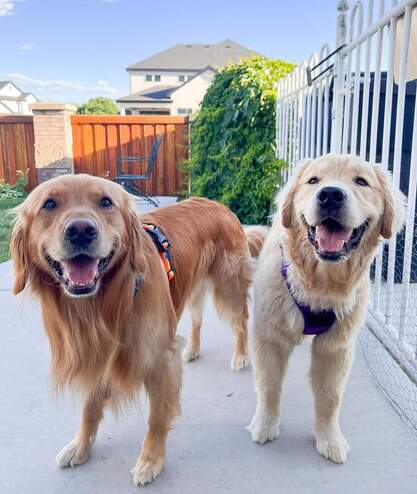
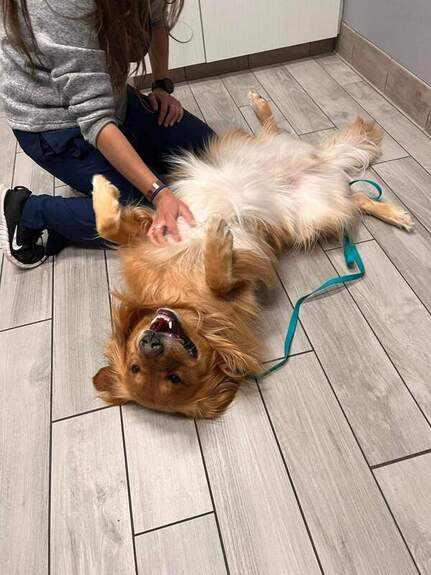
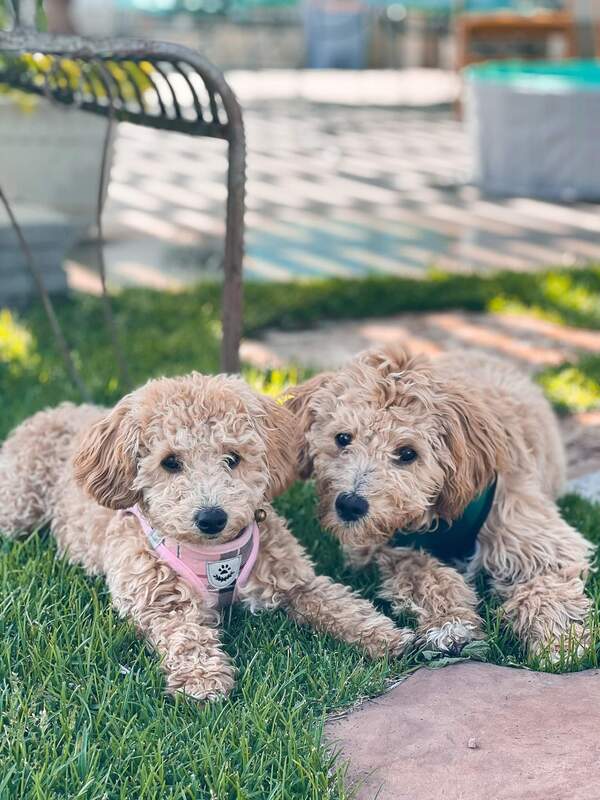
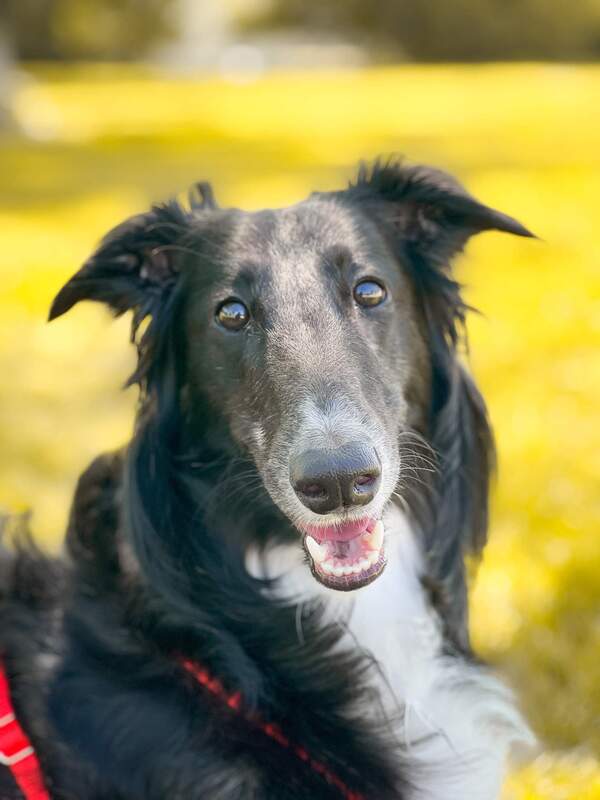
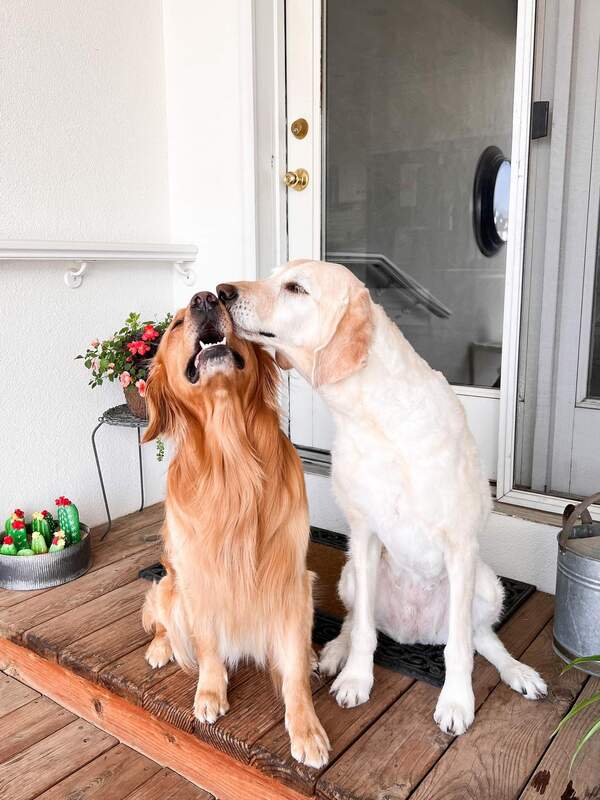
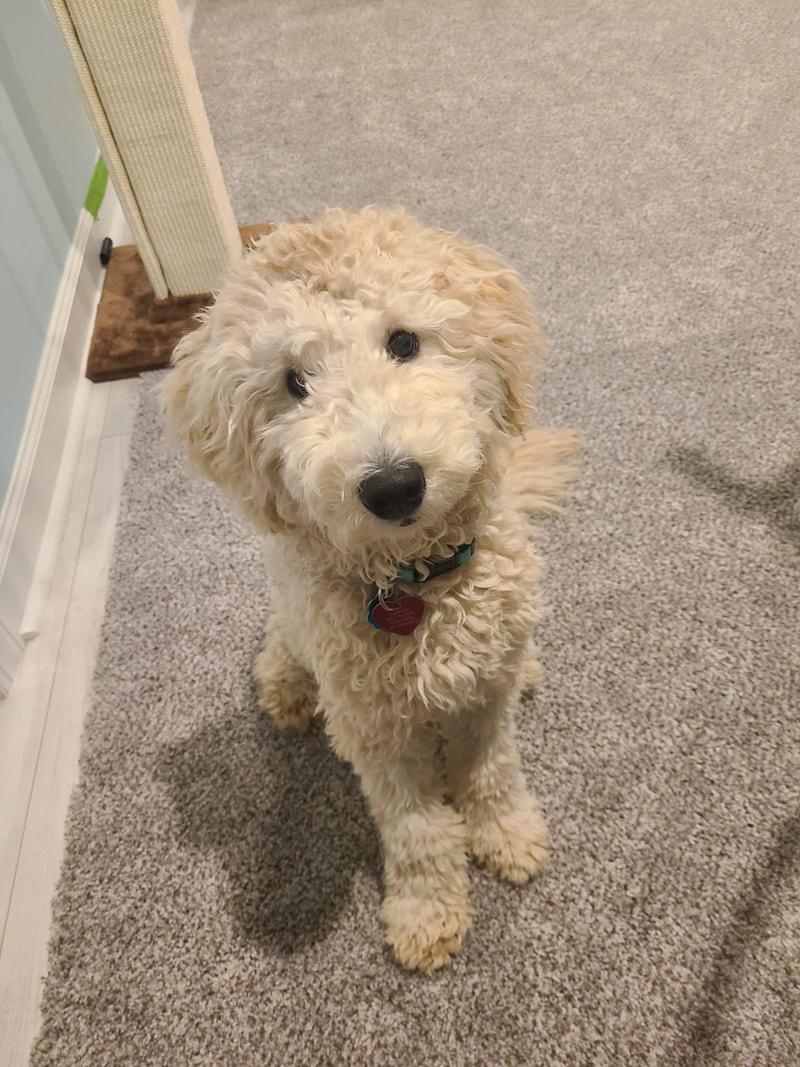
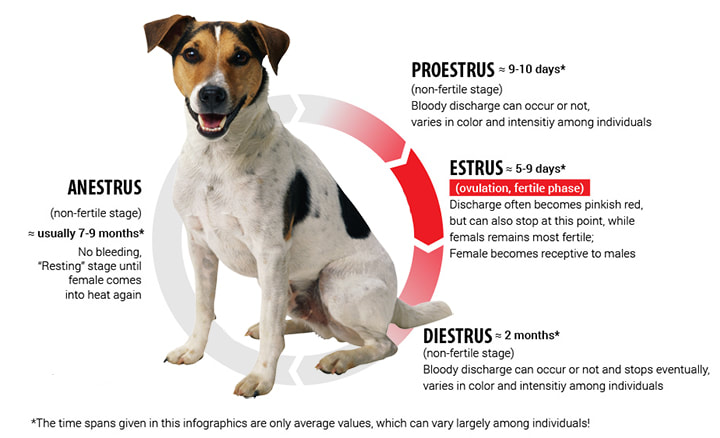
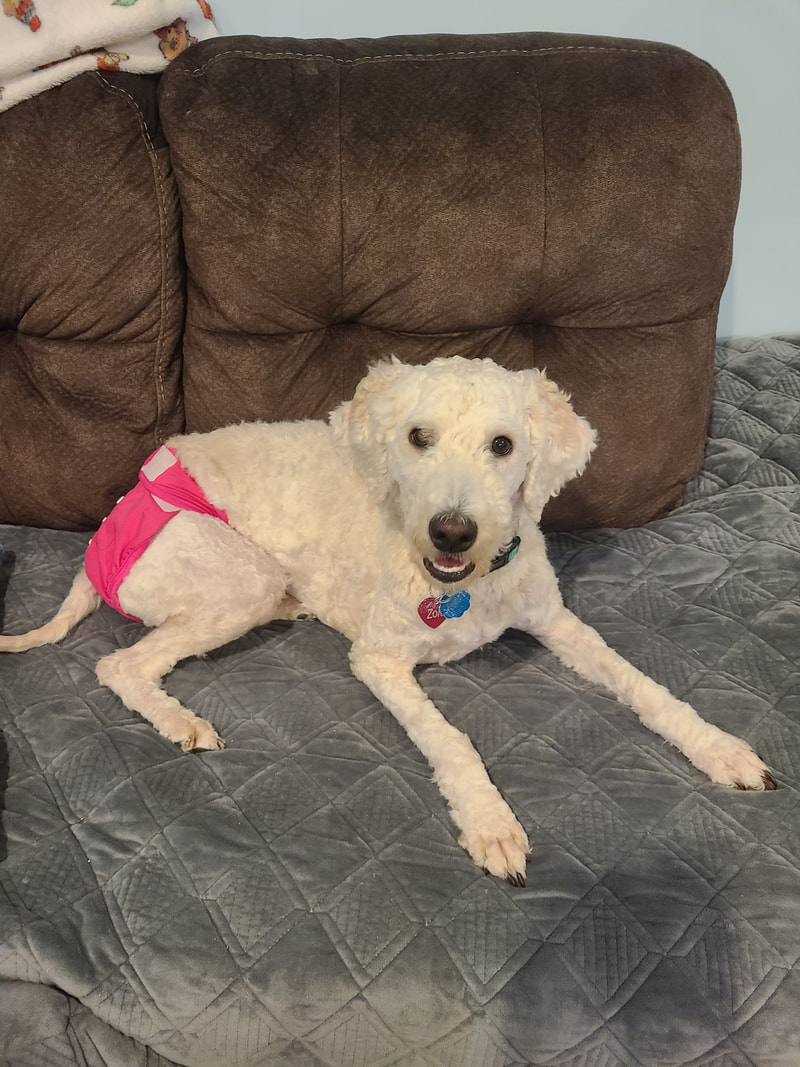
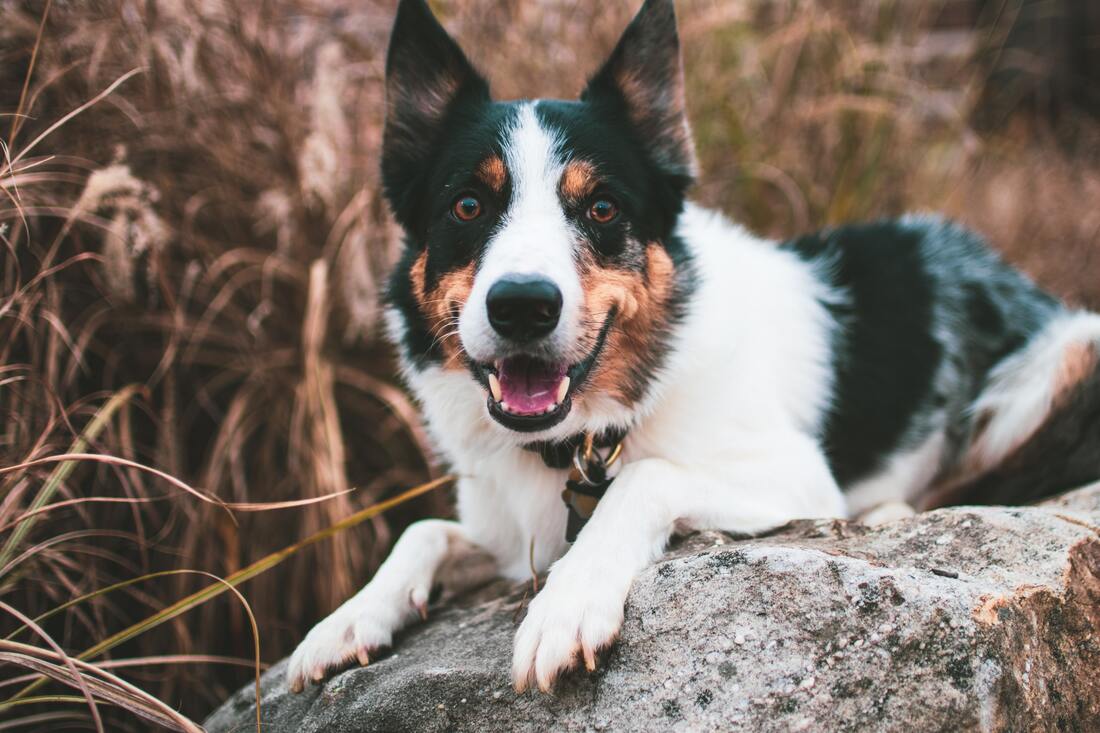
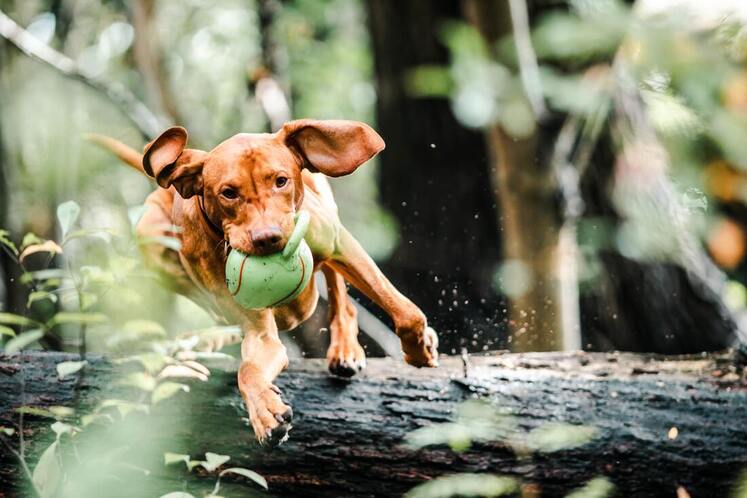
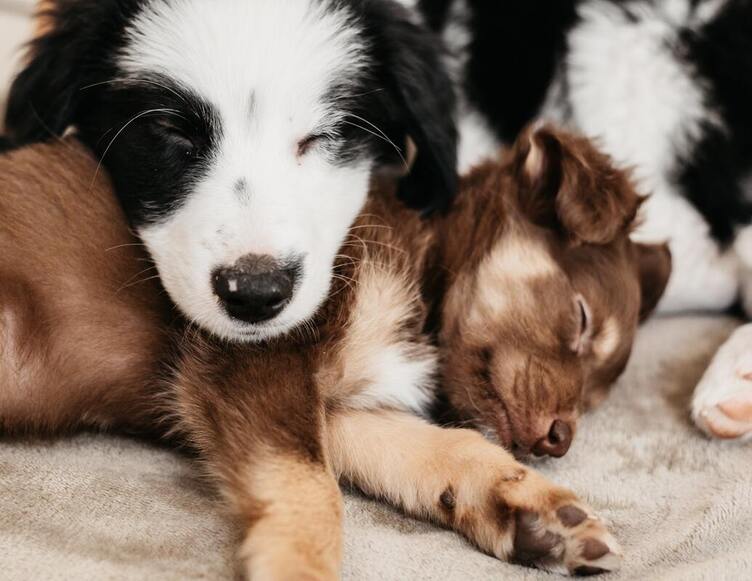
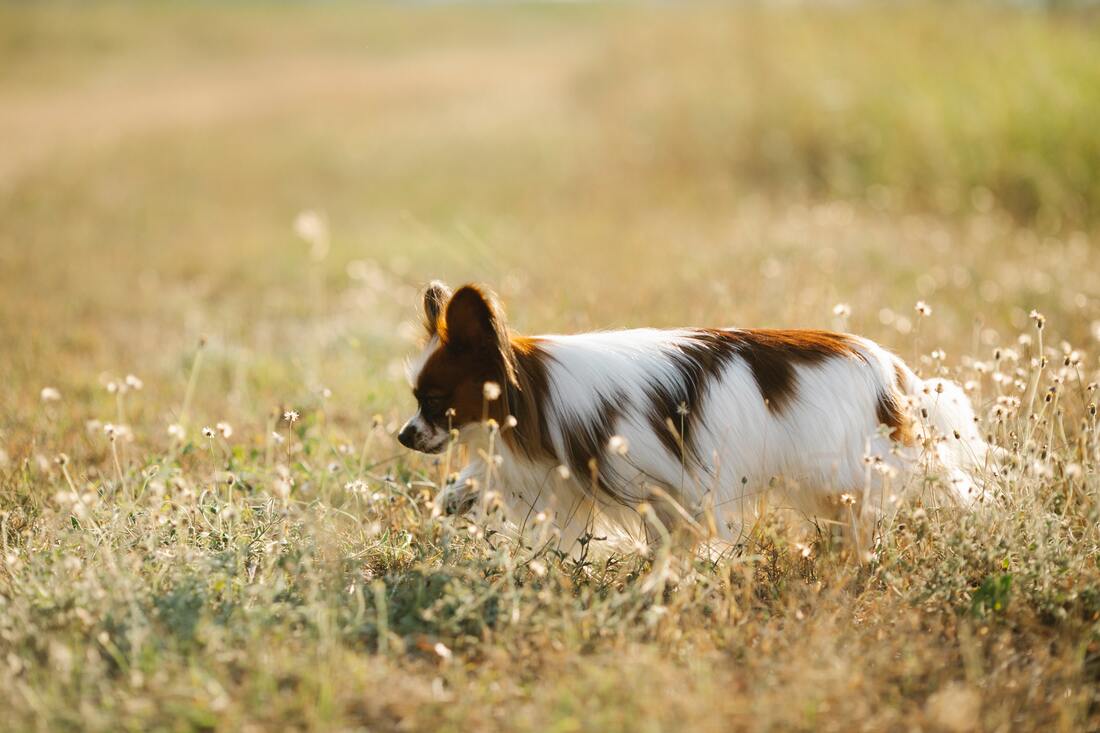
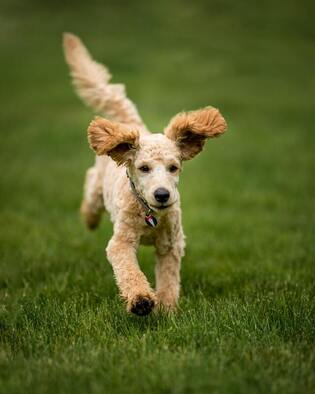
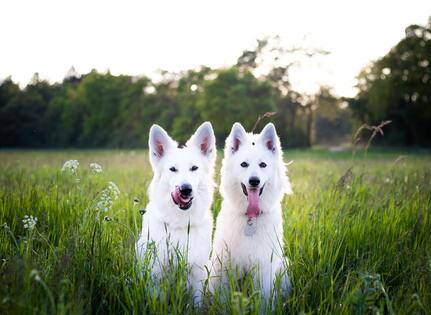
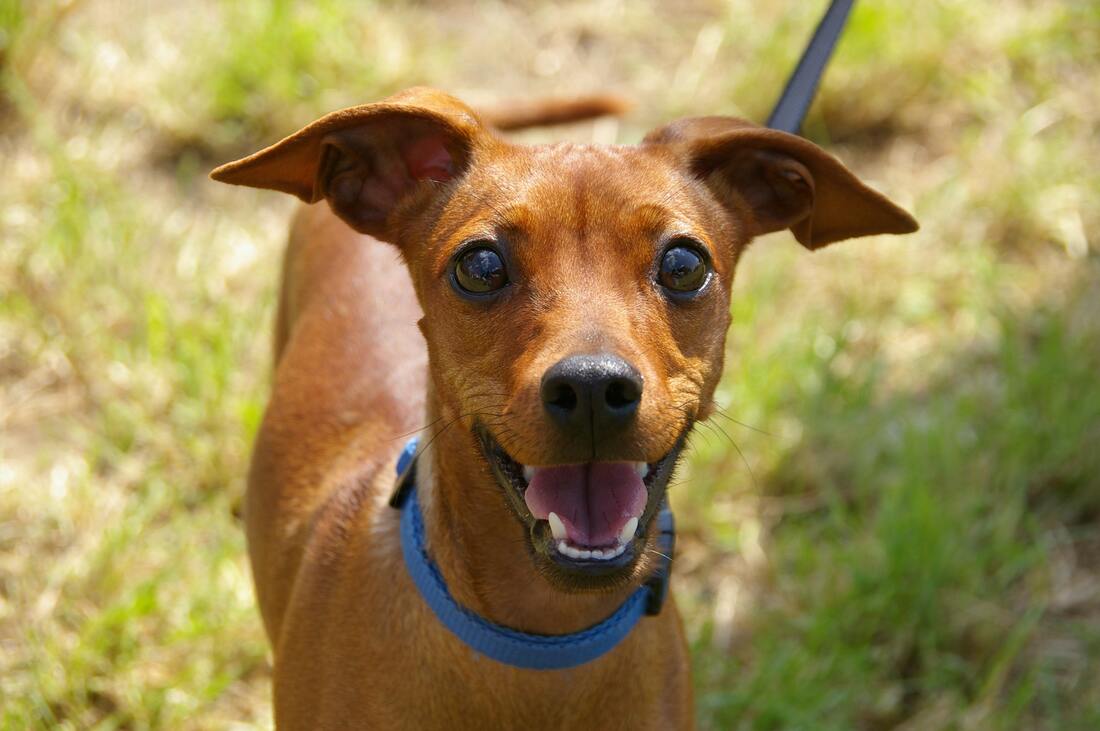
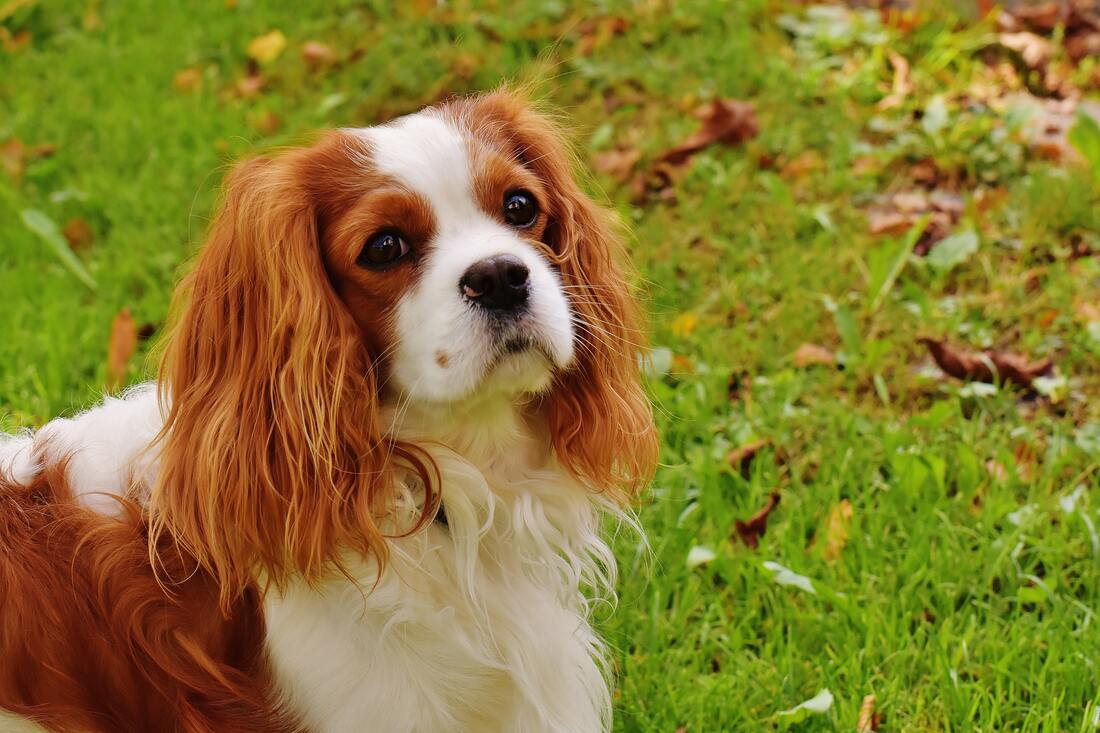

 RSS Feed
RSS Feed